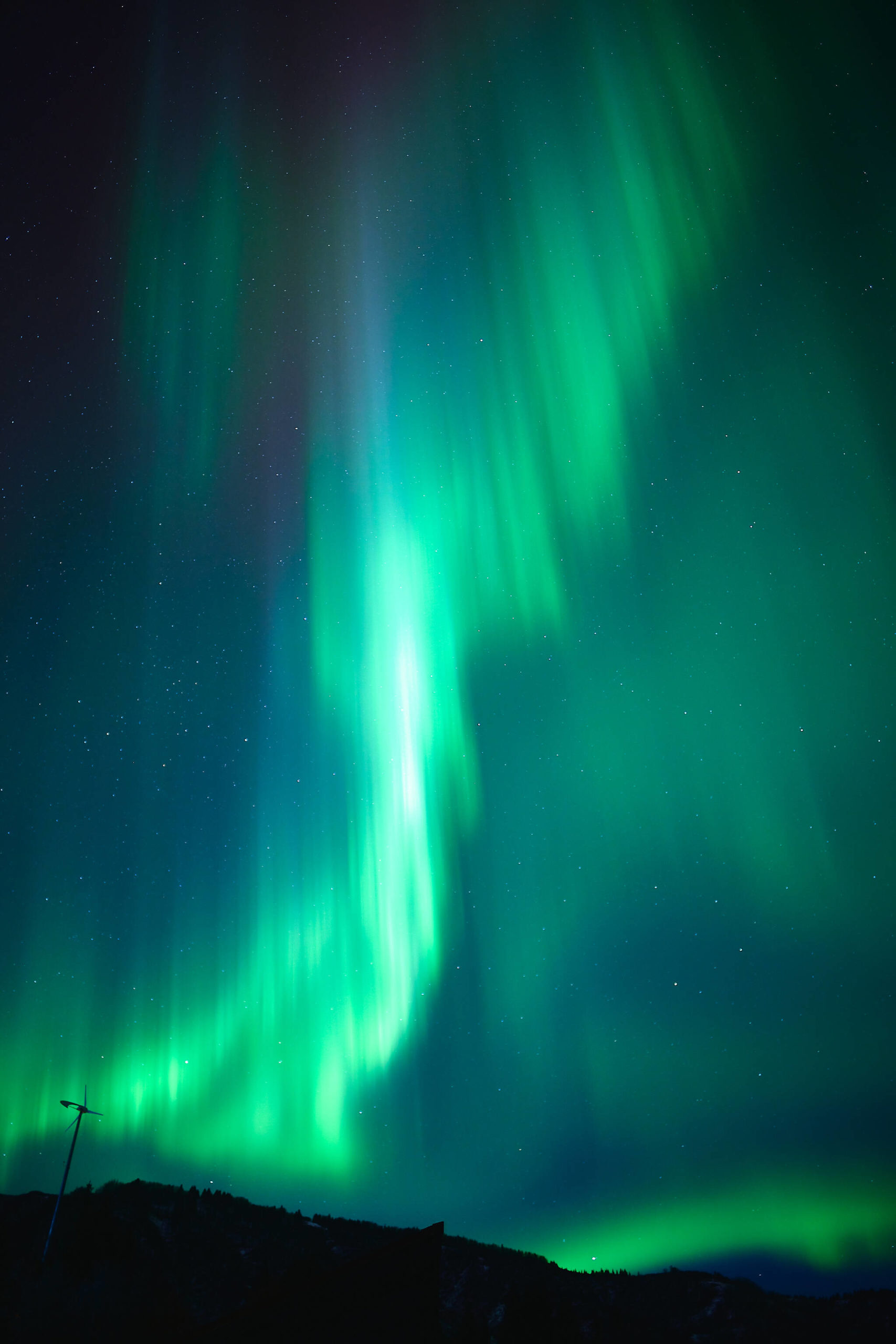People across Alaska were treated to a dazzling display of the aurora borealis late Sunday night and early Monday morning. The display, which was visible as far south as Juneau, was the result of a strong magnetic storm first forecast by the Space Weather Prediction Center on Sunday afternoon.
That agency, which operates under the National Oceanic and Atmospheric Administration, issued a geomagnetic storm watch Sunday in anticipation of two coronal mass ejections, or large expulsions of plasma from the sun’s corona. Wind speeds were also expected due to a coronal high speed stream, the agency said.
The Space Weather Prediction Center, which measures geomagnetic storms on a scale from one to five, first observed a G3 level storm, considered “strong,” around 1 a.m. EST on Monday.
Per NOAA, the aurora borealis, which are seen near the earth’s northern pole, and the aurora australis, which are seen near the southern pole, occur when electrons collide with the upper reaches of the earth’s atmosphere. Aurora typically form between 50 and 310 feet above the earth’s surface.
Aurora forecasts and live data can be accessed on the Space Weather Prediction Center at spaceweather.gov.
Reach reporter Ashlyn O’Hara at ashlyn.ohara@peninsulaclarion.com.


